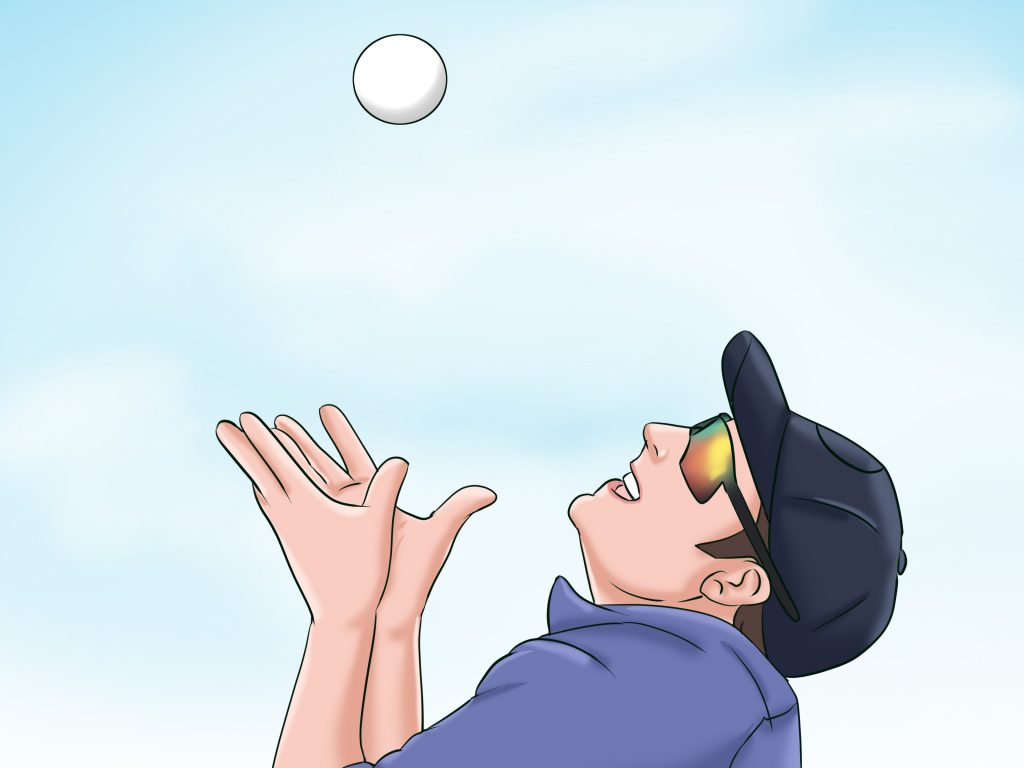Luis Preto gave a wonderful analogy in the instructor section of his Jogo do Pau level 1 instructor seminar where he compared how we teach martial arts to how we teach someone to catch a ball.
The typical martial arts approach to teaching catch:
- Demonstrate the catching motion.
- Have the student practice catching as a solo exercise, focusing on the mechanic of extending their arm and closing their hand.
- Have them grasp and release the ball, independent of the throw.
- Practice catching an actual thrown ball.
The typical backyard approach to teaching catch:
- "Hey catch this!"
This post is part of a series on learning styles and strategies. This week I'm exploring kinesthetic learning, which can be understood as the act of learning by feeling or doing. The example of the catching exercise is perhaps the most straightforward way to understand good kinesthetic learning. Kinesthetic sense is often best engaged through experiencing the stimulus for the skill (ex. a ball is being thrown at you, thus stimulating the need to catch it) and feeling the consequence of right and wrong action (ex. the ball is trapped in your hand or sails by/hits you).
If you find that being shown how to do something, or told how to do it, or reading about it, are far from elucidating for you, you may be a kinesthetic learner. Here are a few ways you can adapt your learning environment to engage your tactile and proprioceptive senses.
Non-Judgmental Doing
Just get in there and do it and don't try to be perfect. If you're going to learn to catch by having someone throw balls at you, prepare yourself to be hit by a lot of balls. You don't need to start with the fastest throws and the hardest balls, or in the case of swordplay: the fastest and hardest attacks. You can start gentle and straightforward and gradually build your way up. Make sure that success and failure are clear and train at a pace that allows you to really witness what's working and what's not.
Through enough repetition and exposure, as well as some good coaching, a kinesthetic learner can make a lot of progress in developing a skill. The biggest barrier to this is when you try to do every action "perfectly" and thus reduce the number of reps that you get in and don't expose yourself to the feeling of doing something "wrong" which is an important part of understanding what "right" feels like.
I often say to my students: "make sure that you truly understand the boundaries of right by exploring all of the wrongs around it."
Request Adjustment
Some instructors are uncomfortable about being hands-on with their students, yet being physically adjusted or positioned can often give you the best sense of how to perform a skill. Invite your instructors to position your limbs or joints, to block you from moving in the wrong direction, or to pull your parts through an action so you can feel its order and position.
Close Your Eyes
When you've found the right way to stand or move, close your eyes (when applicable) to allow your mind to focus inward. Proprioception is the sense of where your body resides in space. Closing your eyes can allow you to "feel" what the right position or movement is like, thus increasing your capacity to retain and reproduce it.
Closing your eyes can also reduce self-judgment or the inferred negative judgment of others. It's not unusual to feel vulnerable about learning something new. If you can tune out your fellow training partners by closing your eyes you may feel a bit more at ease, pushing through the awkwardness of learning something new.
"Visualize" the Feeling
Visualization is used by many athletes as a regular part of their training. Beyond experiencing this as a visual learning aid, one can also imagine and recreate the feeling of a given technique in their mind.
When watching a teacher demonstrate a skill, attempt to imagine how it would feel if you were them. Instead of focusing on the visual, try to focus on the feeling of where your limbs are, what contact with your partner would feel like, and how it would feel to move and respond to that contact. It can also be useful to go through this mental exercise after you have performed a skill physically, to help deepen understanding and retention.
Practice Both Sides of a Partner Exercise
Make sure that you get the opportunity to both give and receive a particular stimulus. In kinesthetic learning, feeling both sides of an attack and parry, or of a wrestling grip and counter, give useful physical data about the nuances of successful and failed execution. If you're working one-on-one with an experienced practitioner, make sure you are coached both on the student side and the coach's side. It will be useful for sharing what you learned with future training partners and for giving you the complete kinesthetic picture.
